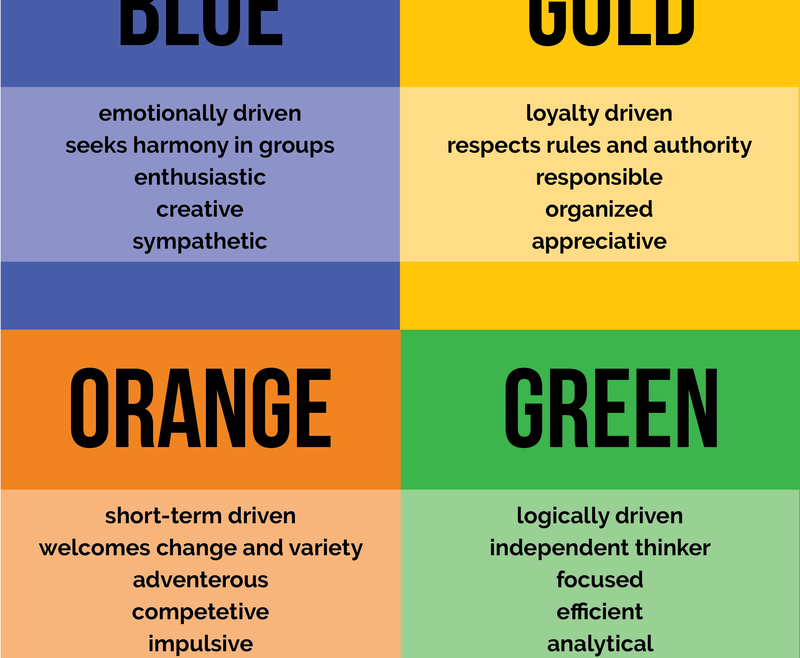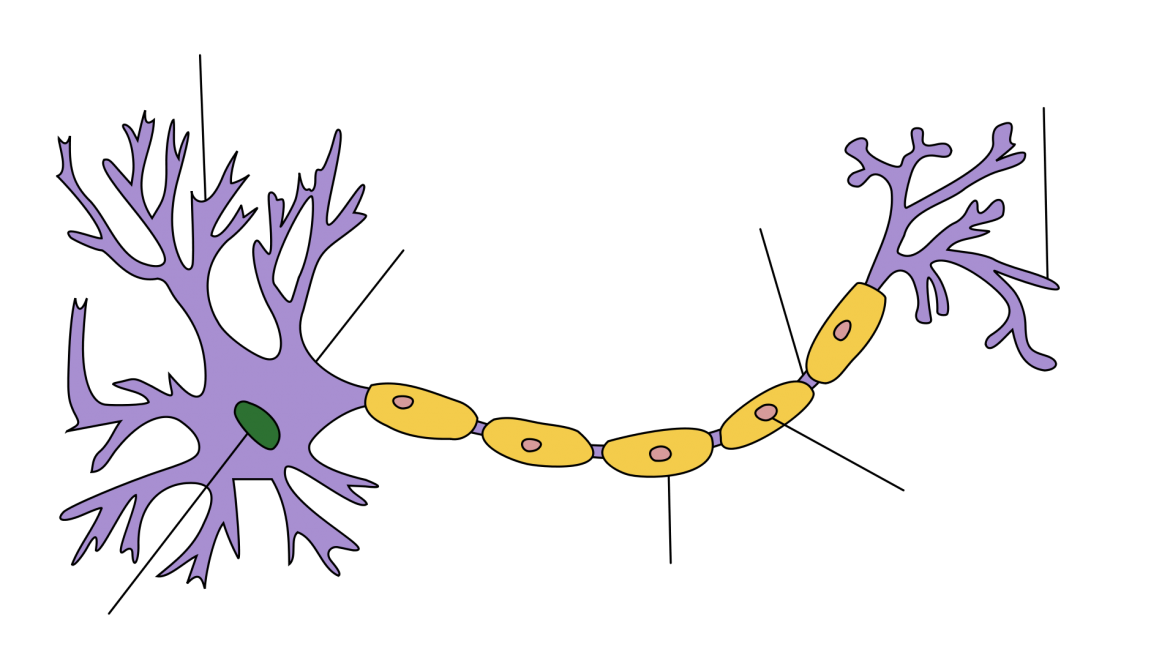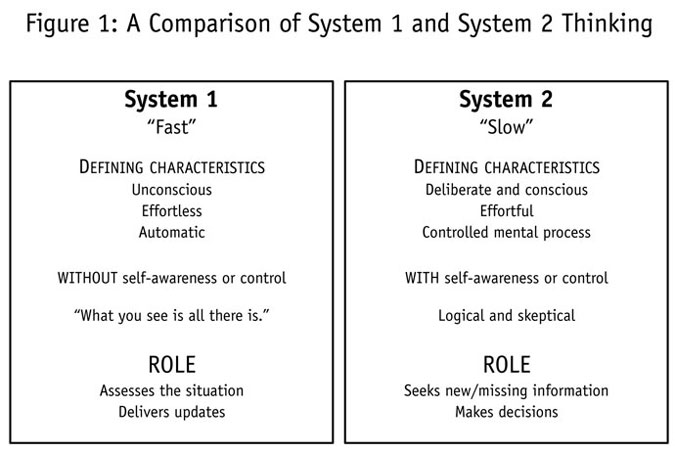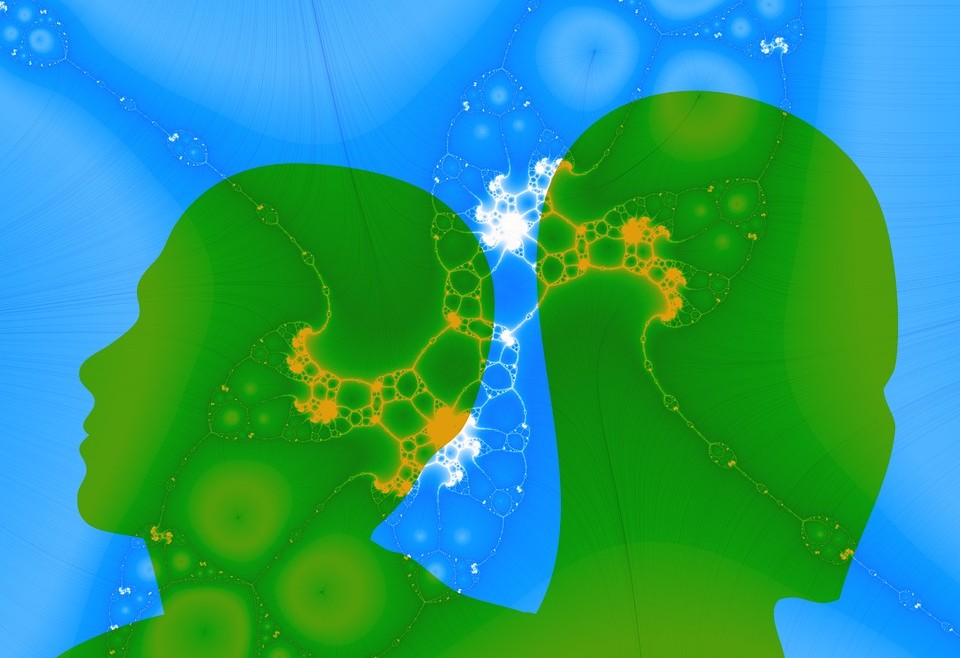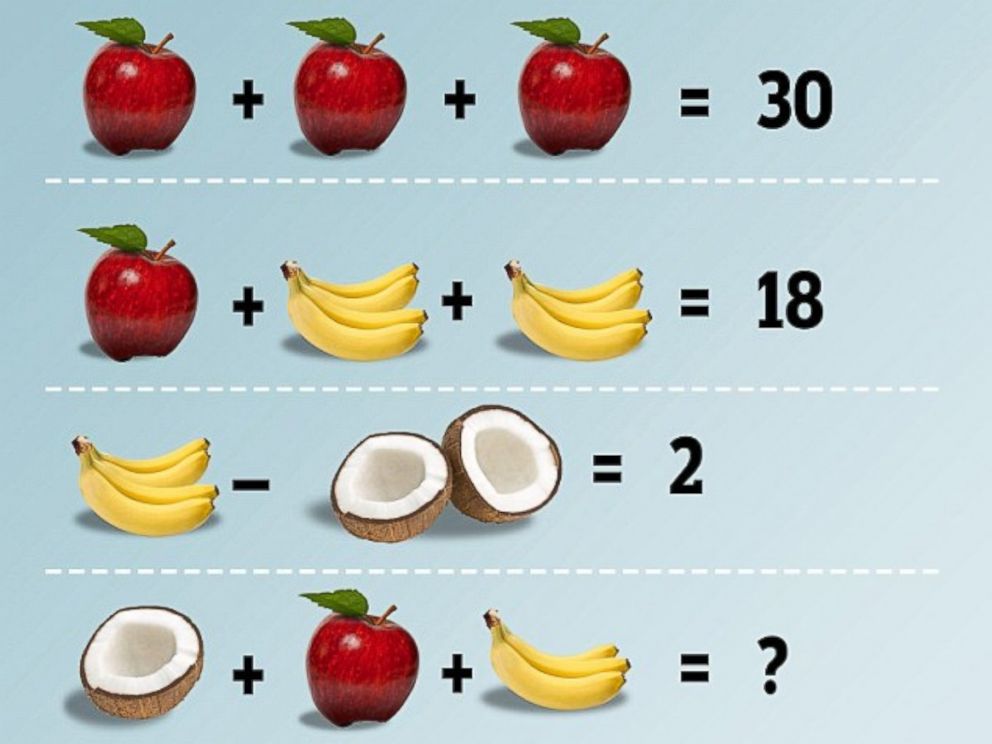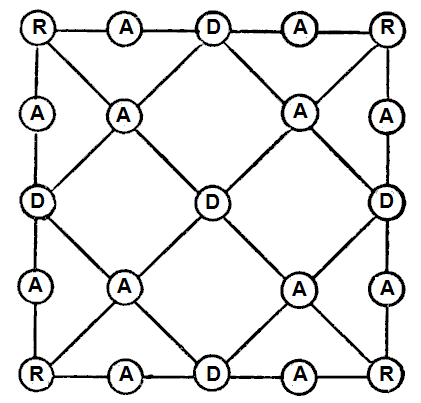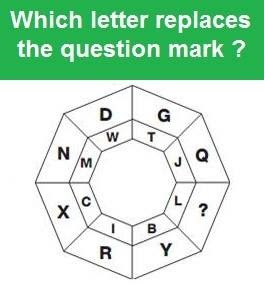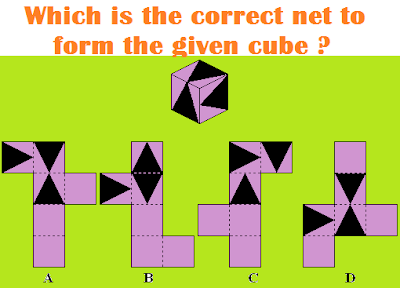Last week we brought you 3 brainteasers to fight the Monday blues and get your brain moving. No matter how much coffee we have, sometimes it seems impossible to fully wake up at the beginning of a work week. But with these fun brainteasers, we know you’ll be able to tackle your Monday with ease!
Triangles. Here at United EVENTures, we love our geometric puzzles! This triangle puzzle from Brain Athlete challenges you to calculate the total number of triangles located in the image below. How many can you find?

Blood Donors. Now that we’ve tested your geometric analysis, let’s try a logic puzzle! This riddle, from Brain Bashers asks you to determine the position, age, height, blood type and weight of each blood donor. Brain Bashers has all kinds of riddles and puzzles that you can check out whenever you want!
Five patients, all potential blood donors, are waiting in the doctor’s surgery and are sitting on the bench from left to right. Can you determine the position of each patient along with their blood group, age, height and weight? Their ages are 5, 9, 30, 46 and 60. Their heights are 40, 48, 60, 65 and 74. Their weights are 40, 75, 96, 125 and 165.
- The person on the far right is 37 years older than Jason, and is 60 inches tall.
- Jason weighs 56 pounds more than his height.
- Alan weighs 75 pounds and is 74 inches tall.
- John is type AB and weighs 56 pounds less than Jason.
- The person in the centre is 9 years old, is blood type AO and weighs 96 pounds.
- Adam, who is the first, is 65 inches tall, and weighs 100 pounds more than his height.
- The person who is blood type O, is 25 years older than the person to the left of them.
- Kevin is 60 years old.
- The person who is blood type A, is 55 years younger than Kevin and is not next to the person who is type AO.
- The person who is next to the 9 year old but not next to the person who is 65 inches tall, is blood type B, and weighs 125 pounds.
Number Trouble. We got this number riddle from SeriousShops.com. To find even more of their brainteasers, click here!
Find a number less than 100 that is increased by one-fifth of its value when its digits are reversed.
Answers
Triangles. 41 triangles. For a detailed explanation, check out the description at Jeremy Jones.
Blood Donors.
# Name Type Age Height Weight
1 Adam A 5 65 165
2 Alan O 30 74 75
3 Jason AO 9 40 96
4 Kevin B 60 48 125
5 John AB 46 60 40
Number Trouble. 45, because 1/5 of 45 is 9, and 9 plus 45 is 54 (the reverse of 45).


